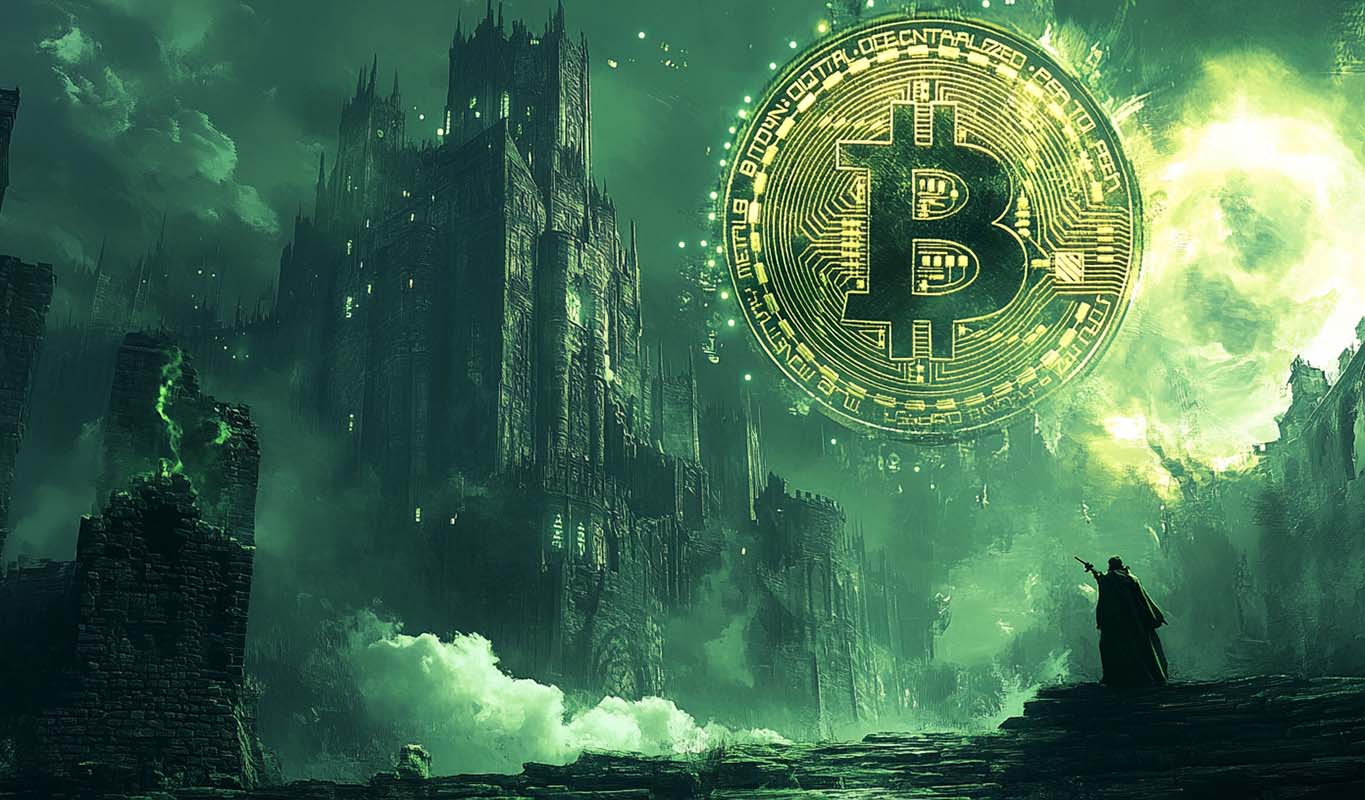Part of the recent dramatic fall in the cryptocurrency markets could certainly be attributed to the environmental concerns raised by the likes of Elon Musk and others as to the viability of blockchain projects that are contributing to large carbon footprints. However, the blockchain space is full of innovation and some projects have leveraged this to become far more energy friendly.
Whatever the industrial sector, a growing importance for environmentally friendly processes is becoming more and more relevant in a world that is already seeing at first hand the damaging global impact caused by human failure to take our environment into account and employ greener technologies.
In the blockchain sector, poor use of energy has come sharply into focus in recent weeks. Bitcoin has been held up as a monster energy user, using more than the entire energy requirements of a mid-size country.
It could be argued that this huge use of energy is necessary, given that Bitcoin is a much-needed safe haven for those looking to exit an existing monetary system, limping along on life support, with inflation and other factors potentially causing an imminent, complete, and catastrophic collapse.
Should we just limit the discussion to environmentally unfriendly blockchain projects?
The blockchain and cryptocurrency sector does need to clean up its act. There are always ways to source cleaner energy and to restructure consensus methods in order to vastly lessen the impact of mining. However, as far as the traditional finance system goes, what are the environmental comparisons there?
We don’t hear any voices raised in concerns over the banking industry. However, according to a report last month by Galaxy Digital Research, this industry uses more than double the energy of the Bitcoin network.

After considering the environmental footprints of banking, gold, and Bitcoin; and an analysis of the “economic rationality” of Bitcoin, the report comes to the conclusion that Bitcoin is definitely an acceptable use of energy.
Nevertheless, the fact remains that it’s not just all about Bitcoin, and other blockchain projects need to clean up their act.
A move from Proof-of-Work to Proof-of-Stake
Proof-of-Work and Proof-of-Stake are both consensus mechanisms, and they confirm the transactions on blockchain without a need for a third party. Bitcoin operates on a Proof-of-Work consensus, which is a solid and secure algorithm. However, it does entail a massive use of energy for miners to solve each cryptographic puzzle and claim the Bitcoin rewards.
Ethereum also uses a Proof-of-Work consensus mechanism. However, due to the large amount of transactional throughput required on the Ethereum blockchain, Ethereum developers are currently transitioning to the Proof-of-Stake model.
Proof-of-Stake still uses a cryptographic algorithm, but instead of solving complex algorithms, as on the Bitcoin network, Proof-of-Stake requires a minimum of coins to be frozen and staked on the network. The more you stake, the more chances you will win coins in each particular block.
Therefore, without need for high energy consuming mining rigs, the Proof-of-Stake consensus model has a substantially lower energy cost.
Other consensus methods
Proof-of-Authority is another consensus algorithm which doesn’t require mining work nor staking. A limited number of trusted block validators take care of the verification process, but decentralisation suffers in this model as it does rather resemble a centralised database.
Other consensus algorithms include Delegated Proof of Stake (DPoS), Proof of Elapsed Time (PoET), Proof of Burn (PoB) and various other innovative models.
Dusk Network & the Segregated Byzantine Agreement (SBA)
One of the consensus algorithms providing a more eco-friendly alternative is Dusk Network’s SBA. The energy efficiency, privacy, accessibility, and speed required by Dusk Network needed to be catered for by way of a modified, PoS type consensus algorithm.
Therefore, Dusk Network created its own in-house consensus algorithm. For more on exactly how this works visit the Dusk Network Consensus Algorithm page here.
Another aim of Dusk Network is to comply with the United Nations Sustainable Development Goals. There are 15 separate goals, all of which work towards the UN aim for “sustainable development to improve human lives and protect the environment.”
Within its core aims, Dusk Network meets goals 9 (industry, innovation, and infrastructure) and 10 (reduced inequalities – financial services and applications for everyone). In addition, as a result of what Dusk Network does, it also contributes to goal 4 (quality education), and very importantly, goal 12 (responsible consumption and production).
Conclusion
It could certainly be argued as to the unfairness of leaders within the current monetary system, when they point the finger at Bitcoin and other cryptocurrencies, in relation to their use of energy and the resulting unacceptable carbon footprint they leave.
As mentioned earlier, very little mention is made, and has ever been made, of the massive use of energy by the banks and the gold industry. However, it shouldn’t be a case of “but they are worse than we are”.
Blockchain projects are at the cutting edge of innovation and contain the smartest minds. Projects such as Dusk Network are leading the way in this innovation. By following such examples, and by sourcing renewable energy, the blockchain industry should be able to emerge from the current cloud of environmental wrongdoing, and show that it can put its house in order by overcoming these issues.
Disclaimer: This article is provided for informational purposes only. It is not offered or intended to be used as legal, tax, investment, financial, or other advice.
Credit: Source link























